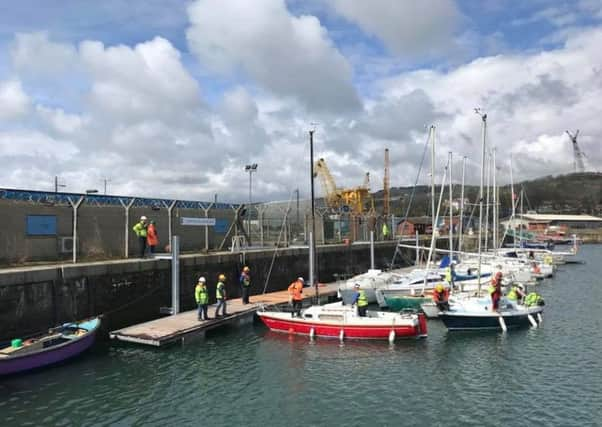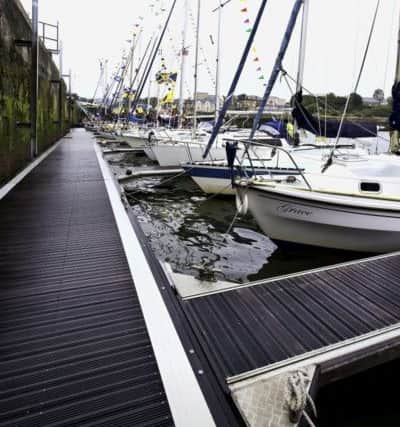Disabled access to Burntisland station '˜long overdue'


People with mobility issues face double the journey time of their able bodied counterparts because the only access to the northbound platform is via 40 steps.
Alex MacDonald, chairman of the community council, has written to Fife Council with an updated report on access which he says is still a major problem in the town, despite decades of campaigning.
Advertisement
Hide AdAdvertisement
Hide AdHe hightlighted a report from 2000 which said that the railway station was “neither a starting point nor a destination, but a link in the chain of a journey whose failure to accommodate disabled passengers can easily double the journey time.”


And he said that recent developments in Burntisland had not been considered in earlier evaluations.
In the report, he said that although there are two sheltered housing complexes and a care home right next to the station, many residents can’t use it because there is no disabled access. Similarly new bus services stopping at the station are no good for passengers with mobility problems,
Within 200m of the station, the sailing club has installed ramped pontoons with access for people with impaired mobility and a new medevac landing point for the lifeboat, while Fife Council has just given funding towards a feasibility study on using the harbour as a port for cruise ships.
Advertisement
Hide AdAdvertisement
Hide AdIt is also looking at providing extra parking around the station because of Burntisland’s role as a tourist destination, providing a revenue opportunity for rail operators. Business incubator units, developed from restored buildings at the station, are full, offering accessible employment at ground-floor level.
“It is ironic that there is no way for a disabled person to get there and back from the current railway station itself,” he said.
“In short, the station is ideally situated for road and sea interchange and is a focal point of recent and potential developments, but the facilities for disabled access trail well behind the initiatives.
“It has been widely discussed among our members, with the residents association and the Burntisland Community Development Trust and we all recognise the long-standing requirement for enhanced access.
“Disabled access is urgently required and long overdue.”